Luxury architecture in 2025 strikes a balance between aesthetics, sustainability, and functionality. In a world increasingly aware of environmental impact and user experience, high-end homes are no longer just status symbols—they’ve become spaces that prioritize energy efficiency, well-being, and holistic design.
In this article, we explore the leading trends in luxury home architecture and design in 2025, highlighting how they’ve evolved compared to the previous year and how these shifts are redefining the residential market in destinations like Marbella and the Costa del Sol.
Table of Contents
ToggleThe latest trends in architecture and design in 2025
This year’s trends reflect a seamless integration of digital innovation, eco-friendly materials, and spaces designed to enhance well-being and connectivity. In 2025, design goes beyond visual appeal—it transforms the way we live and interact with our surroundings.
Biophilic architecture: total connection with nature
One of the most prominent trends in 2025 is biophilic architecture, which aims to integrate natural elements into residential design. Far from being a passing fad, it has become a core design philosophy that fosters an emotional connection between residents and their environment.
Green walls, indoor gardens, ponds, organic materials, and expansive windows offering unobstructed views of nature are key features of this approach. In addition, the use of native plant species in gardens and green roofs is prioritized—not only enhancing well-being but also improving thermal efficiency and promoting local biodiversity.
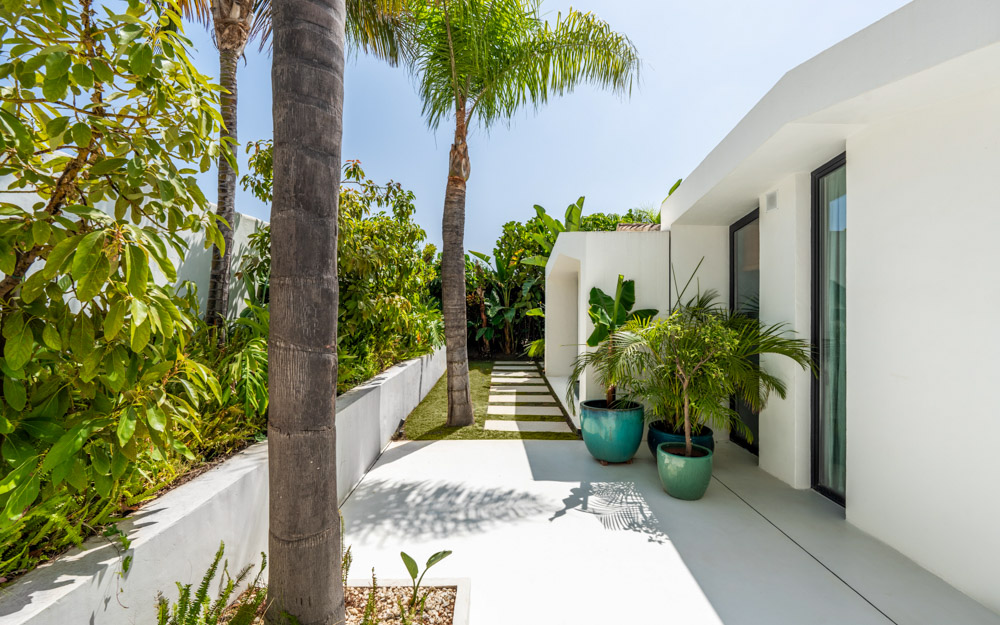
In luxury homes, these elements are paired with automated irrigation systems and climate sensors to maintain a healthy, balanced indoor ecosystem year-round. This trend responds to a growing demand for mental well-being and harmony, particularly in spaces where quality of life is a central architectural value.
Passive architecture and advanced energy efficiency
Sustainability continues to be a driving force, and 2025 marks the mainstream adoption of passive architecture. While 2024 saw increased use of renewable energy and insulation, this year brings more refined and integrated solutions.
Today’s luxury homes feature:
- Natural ventilation systems that significantly reduce the need for air conditioning.
- Discreet or architecturally integrated solar panels that blend sustainability with visual appeal—reducing carbon footprint and enabling greater energy independence.
- Advanced home energy storage solutions, including high-capacity lithium batteries and intelligent backup systems, allow for storing surplus energy from solar panels, ensuring autonomy even during power outages.
- High-performance thermal materials such as recycled concrete, CLT wood, and eco-friendly bricks.
All of this is achieved without compromising on aesthetic design, proving that sustainability and luxury can go hand in hand.
Sculptural architecture: luxury as a work of art
Another standout trend in 2025 is the rise of sculptural architecture—where homes are conceived as genuine works of contemporary art. These residences showcase bold forms, asymmetrical volumes, and organic geometries that break away from the minimalist uniformity of recent years.
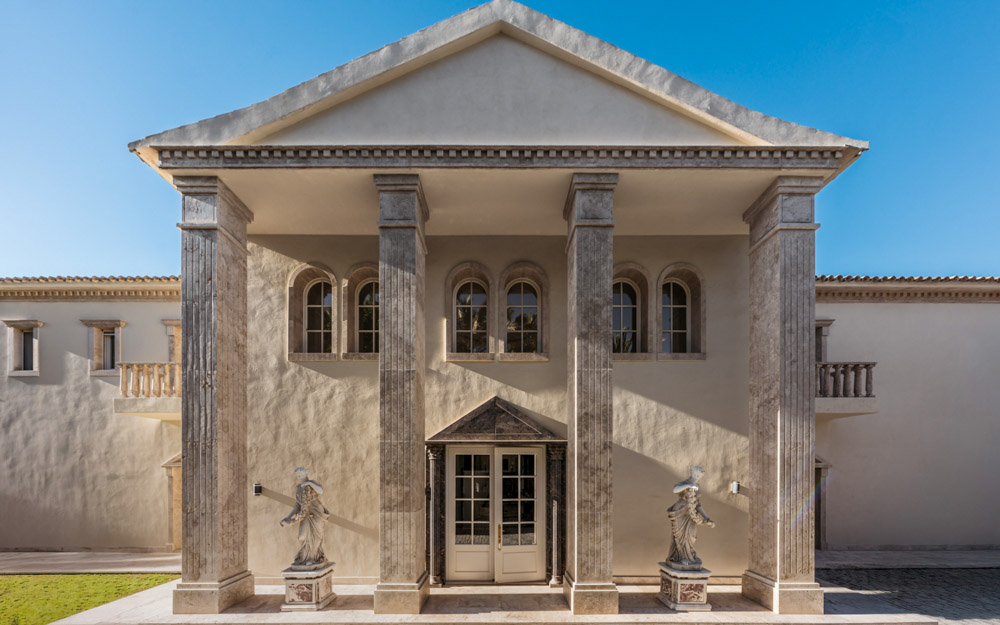
This style not only aims for visual impact but also reflects the personality and lifestyle of the homeowner. It often includes ambient lighting, signature landscaping, and decorative façade elements that turn each property into an architectural icon.
Multifunctional and flexible housing
Luxury in 2025 also means adaptability. With remote work, longer stays at home, and a growing focus on lifestyle quality, today’s high-end homes are designed to flex with their residents’ needs.
Key features include:
- Multipurpose spaces that can be used as an office, gym, or home theater.
- Integrated wellness areas: from private spa cabins to yoga or meditation areas.
- Open-plan kitchens that merge indoor and outdoor spaces.
- Guest suites with independent access.
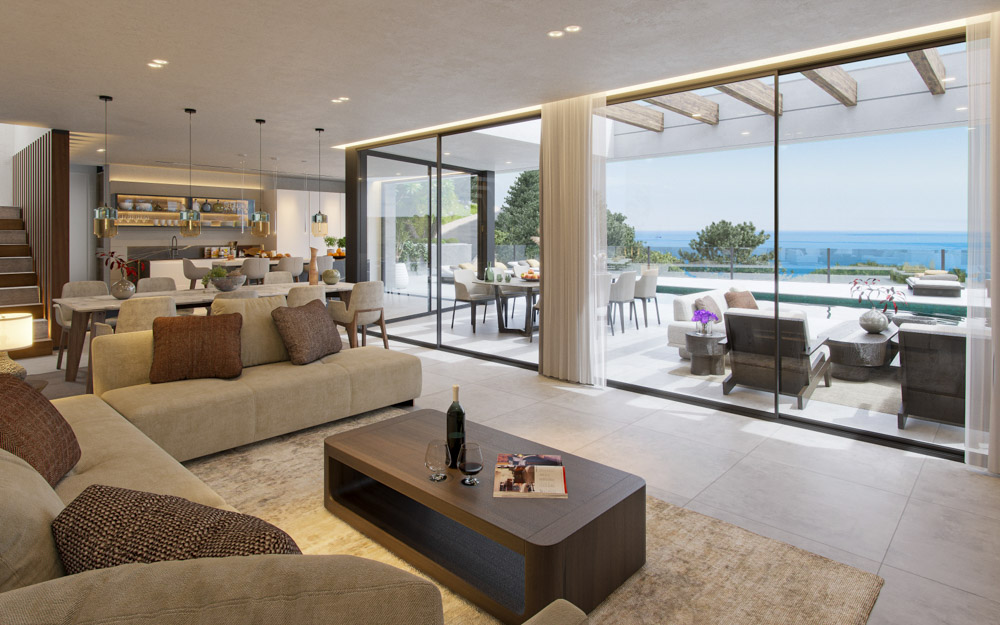
This trend illustrates how design is evolving to meet modern, dynamic lifestyles—without sacrificing comfort or elegance.
Sensory design: technology and emotional experience
Building on the smart home advancements of 2024, this year’s focus has shifted to sensory design, where technology is used to stimulate emotions and enhance sensory perception.
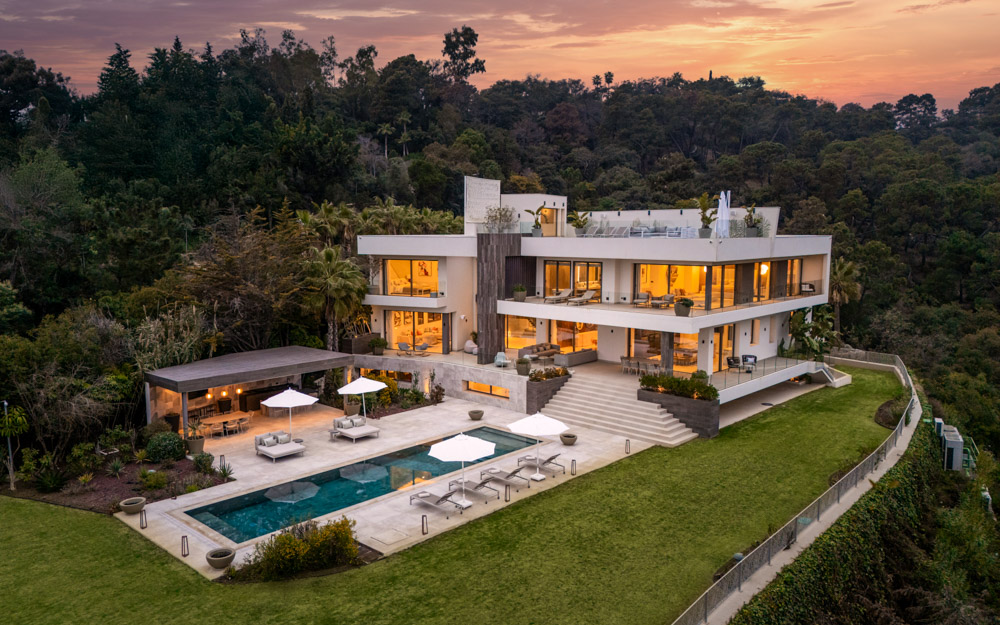
Features include:
- Customizable ambient lighting tailored to mood.
- Zone-based aroma and temperature controls that create personalized environments in each room, adjusting scent and climate throughout the day.
- Materials and surfaces that change color or texture with natural light.
- Personalized acoustics in living areas, bedrooms, and relaxation zones.
This approach transforms the home into a fully immersive emotional experience, expanding luxury design beyond the visual into the sensory realm.
Evolution of the modern Mediterranean style
A leading trend in 2024, the modern Mediterranean style continues to thrive in 2025, now refined into a more conscious and elevated design language.
This style blends Ibizan architecture, updated Andalusian elements, and a neutral palette enriched by natural accents like limestone, handcrafted ceramics, and weathered wood. Emphasis is placed on open layouts, multi-level terraces, and seamless integration with gardens and patios.
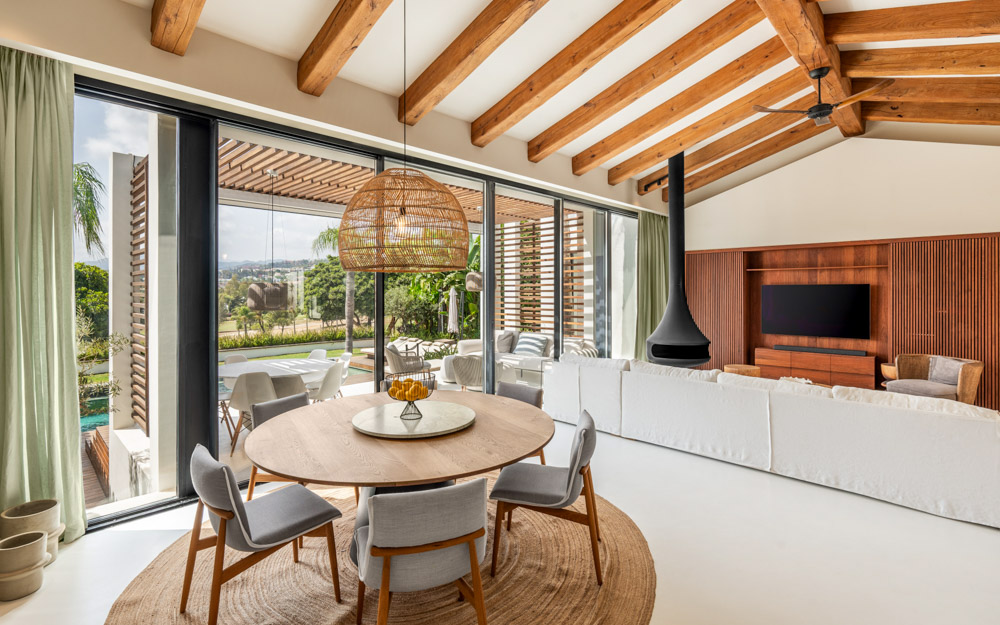
This remains one of the most sought-after aesthetics in areas like Marbella, combining elegance, practicality, and a deep connection to the surrounding environment.
The future of luxury is conscious, artistic and personalized
Luxury architecture in 2025 goes beyond opulence—it embraces purpose, sustainability, and the human experience. Today’s designs respond to real-life needs without compromising on beauty or sophistication.
At Costa Sunsets, we offer you access to the most avant-garde properties and the most renowned architects on the Costa del Sol. If you are looking for a home that represents the best of contemporary design, energy efficiency and personalized luxury, contact us today to begin your new life project in Marbella or any exclusive location in southern Spain.


